‘A soulless human corpse endowed by sorcery’: why we’re still obsessed with zombies
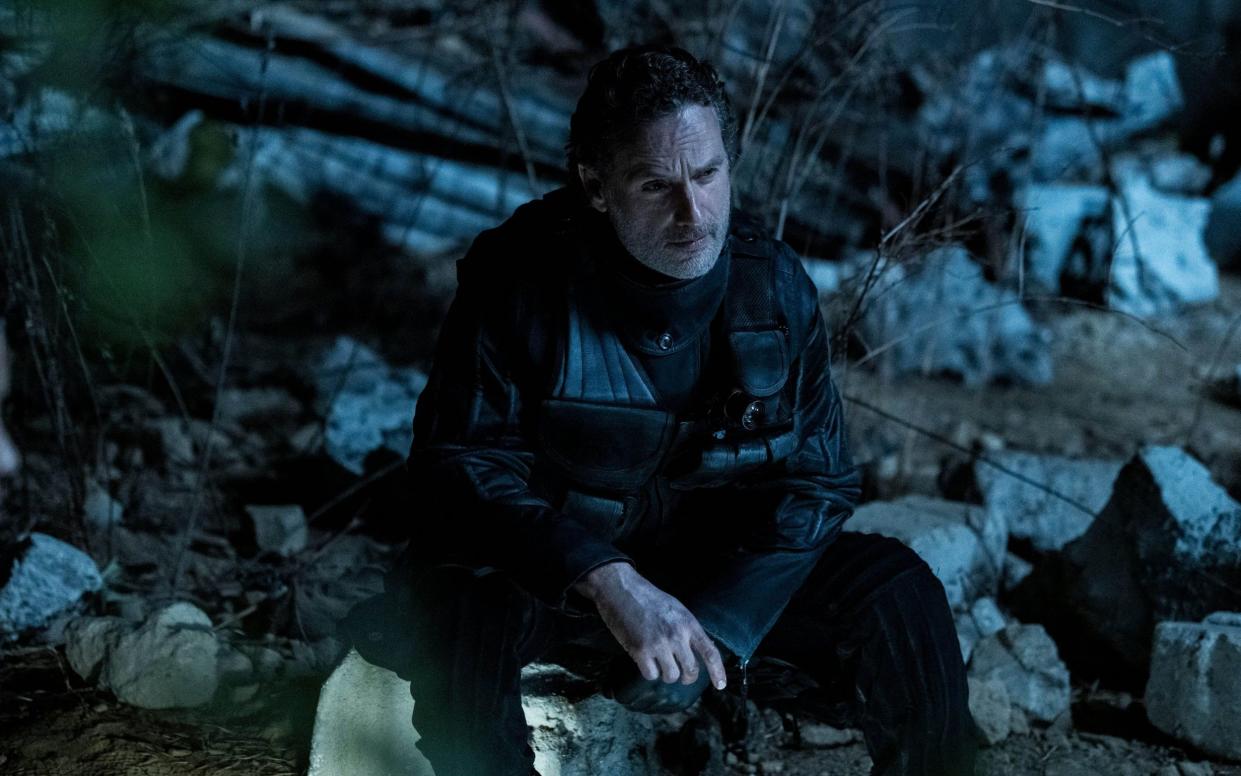
- Oops!Something went wrong.Please try again later.
- Oops!Something went wrong.Please try again later.
- Oops!Something went wrong.Please try again later.
- Oops!Something went wrong.Please try again later.
Today, fans of The Walking Dead will find out exactly what happened to Rick Grimes, the stoical police officer-turned zombie slayer (played by Andrew Lincoln) who was last seen blowing up a bridge at the end of season 9 of the hit drama.
The Walking Dead: the Ones Who Live premieres on Sky today, and it’s a sign that zombies still mean big business. The Walking Dead itself has spawned a number of spin-offs already. Fear The Walking Dead debuted in 2015, and since then, AMC (the US network that produced the original series) has released The World Beyond (2020), Dead City (2023), Daryl Dixon (2023), and now The Ones Who Live. The streaming platforms quickly realised the genre had potential: Z Nation, Black Summer, and iZombie are just a few of the shows available on Netflix.
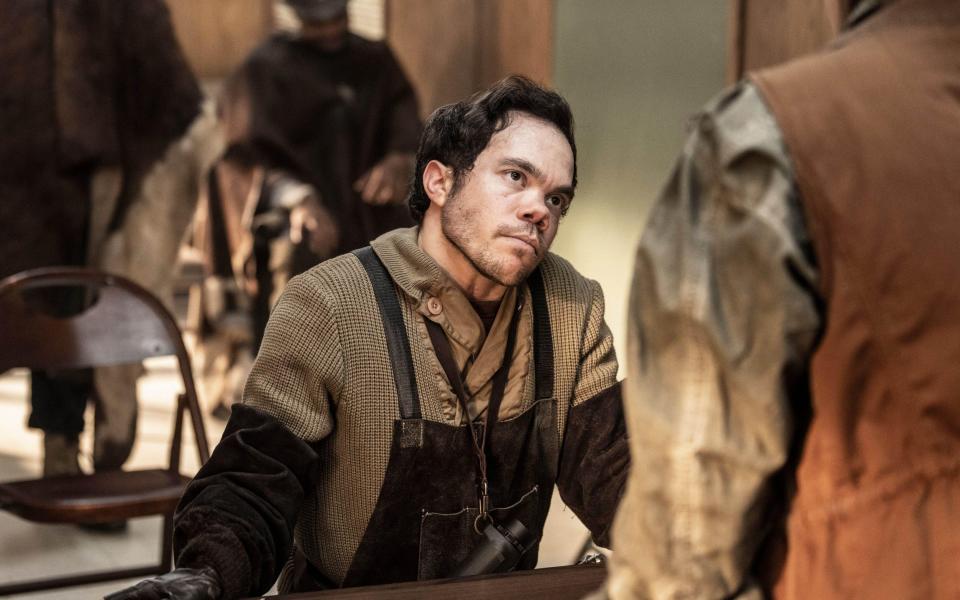
Of course, our fascination with zombies goes way back beyond The Walking Dead. It has its roots in African spirituality. Some West African tribes, such as the Aja of Benin and the Ewe in Ghana, held the belief that someone can take your soul and use it long after your death. With the transatlantic slave trade, this mythology spread to the French Caribbean colony of Saint-Domingue, now known as Haiti.
Following the Haitian Revolution of 1804, the story became part of the Voodoo religion. According to Haitians, zombies are dead people reanimated by shamans and voodoo priests. Potent narcoleptic concoctions, administered by witch doctors known as bokor, were used to subdue the undead and make them work in the fields as slaves. These stories captivated US soldiers during their occupation of Haiti in the early 1900s, and they brought them back to the United States. This was the point where the reality of market economics and myth collided.
By the early 20th century, western popular culture had appropriated the zombie story in a way that disregards its historical context, transforming the undead slave into a gory spectacle meant to entertain readers. In books such as Cannibal Cousins (1934), zombies were depicted bursting out of graves and eating the flesh of people. The following year saw the publication of Richard Loederer’s Voodoo Fire in Haiti, which contains an equally repugnant portrayal of Voodoo. The book, despite its title, is essentially a sensationalist travelogue that explores the “bizarre” cultural customs of a developing nation. It is filled with references to savages and primitives, as well as “n bombs”, evoking memories of Gualtiero Jacopetti’s 1962 Mondo Cane film.
However, the first major work to exploit the zombie was William Seabrook’s 1929 book The Magic Island. Seabrook documented what he witnessed. He fully immersed himself in the local customs and culture, recording his experiences of magic voodoo rituals, which included drinking blood. “The zombie, they say, is a soulless human corpse, still dead, but taken from the grave and endowed by sorcery with a mechanical semblance of life,” wrote Seabrook.
The folkloric zombie entered American popular culture through these pseudo-anthropological texts, where it was repackaged and prepared for an impending cultural revolution. The age of mass entertainment had arrived.
The United States entered a period of rapid social and cultural change with the advent of the Roaring Twenties. It was the golden age of cinema. Creative and visionary directors were pushing the boundaries of acceptable morality and aesthetics, especially during the silent horror era, when Nosferatu (1922) frightened viewers without a single character speaking. With the release of Tod Browning’s Dracula in the 1930s, the monster movie had arrived. Audience members cowered in terror at films like The Mummy, Frankenstein, and the first Dr. Jekyll and Mr. Hyde in colour.
This new, collective sense of fear assailed the senses and had moviegoers hooked. The entertainment industry had discovered something important through box office receipts: people are drawn to mystery and the unexplained. And what could be more fascinating than a mysterious ethereal force controlling the undead?
In 1932, Victor Halperin directed White Zombie. Bela Lugosi stars as the Haitian voodoo master, while Madge Bellamy plays his hapless victim, who falls under his spell. The film is based on Seabrook’s book. The tagline for the movie: “She was not alive…Nor dead… Just a White Zombie performing his every desire.” The 67-minute film is considered to be the first full-length zombie movie. It also left a lasting impression on a young George A. Romero.
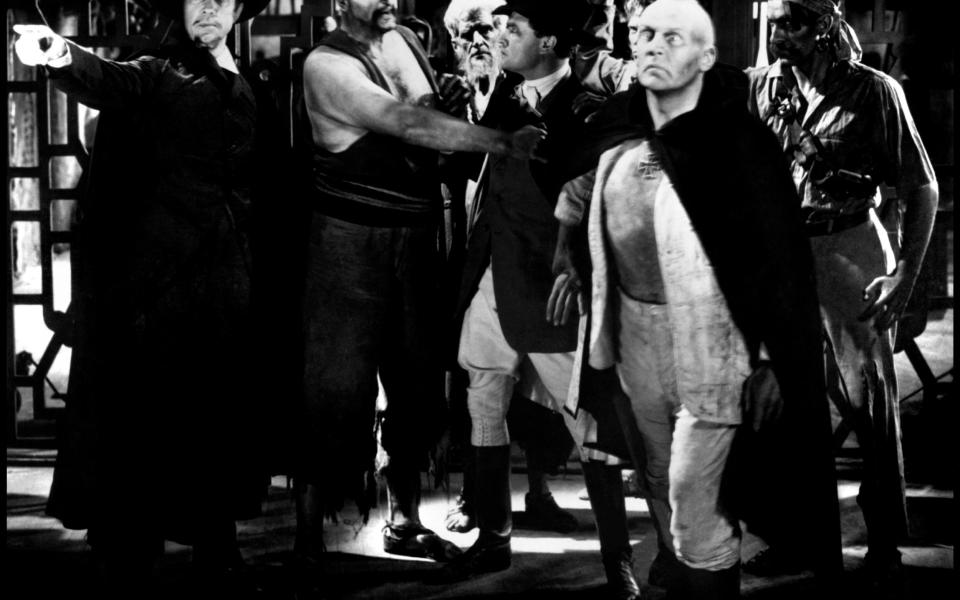
No discussion about zombies would be complete without mentioning this legendary horror director from New York. Romero revolutionised the genre with his 1968 masterpiece, Night of the Living Dead. One of the most successful independent films ever—grossing $30 million globally—more than 263 times its original budget, it essentially established the framework for the reappraisal of the Haitian myth. It is noteworthy that in the original script, zombies were referred to as ghouls. Romero saw zombies as akin to the undead Haitian slaves that Halperin depicted in such a potent way. Aside from one small difference: agency.
Romero’s films need to be viewed in the context of their creation in order to fully appreciate his impact on the genre. Before Night of the Living Dead, zombies were slaves to others. The late 1960s saw a rise in individualism and freedom, as well as the birth of the Civil Rights movement. Romero’s zombies in that movie were slaves to no one, seemingly created by radiation. Following the events of the film, zombies appear to possess free will and the ability to roam anywhere, having been given new life by an undefined ‘reanimating’ agent. In just a few minutes, hundreds could be revived with just one zombie bite. No more requiring several days underground in a coffin or a laborious shaman. Despite being a simple concept, it fundamentally altered the zombie narrative.
With such a profound influence on the genre, it would be easier to demarcate the modern zombie as either pre- or post-Romero.
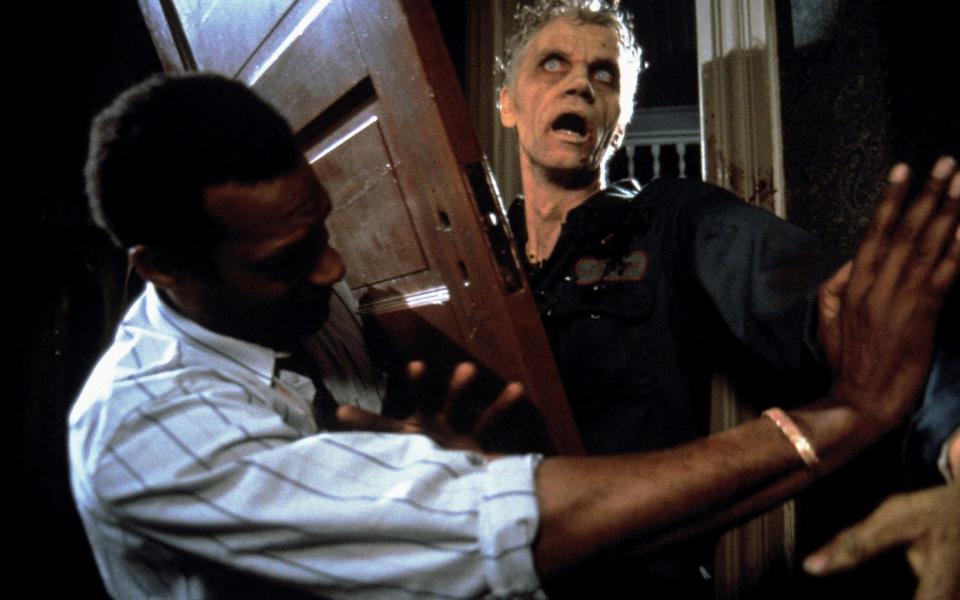
The director is undeniably influential, but it’s worth noting that more than half of the 600 zombie films that were produced between 1920 and 2017 came after 2007. However, much of this has to do with a cultural shift to the east, in particular South Korea. Between 1950 and 1953, the Korean War resulted in the deaths of approximately 1.3 million South Koreans.
Korean culture has been profoundly impacted by the Japanese occupation, which helped popularise the modern notion of ‘han’. It can be loosely translated to mean anger, bitterness, or sadness. This feeling is said to be unique to Koreans. Han can be interpreted psychologically as a projection of animosity towards their oppressive enemies in the north and their former colonisers to the east.
Themes of suicide and death symbolise han’s profound sense of ancestral sadness. This could help to explain why South Korea has excelled in the horror genre, and zombie films are no exception. The movies I Saw the Devil, The Host, and A Tale of Two Sisters all feature themes that represent this abstract yet highly emotive concept.
They are also breaking new ground. Yeon Sang-ho’s 2016 Train to Busan popularised the idea of running zombies, while Na Hong-jin’s The Wailing has been hailed as one of the greatest zombie movies of the modern era. The tiny Asian nation is also beginning to make inroads into the streaming market, most notably with the release of Kingdom and the epic 12-hour gore-fest All of us Are Dead.
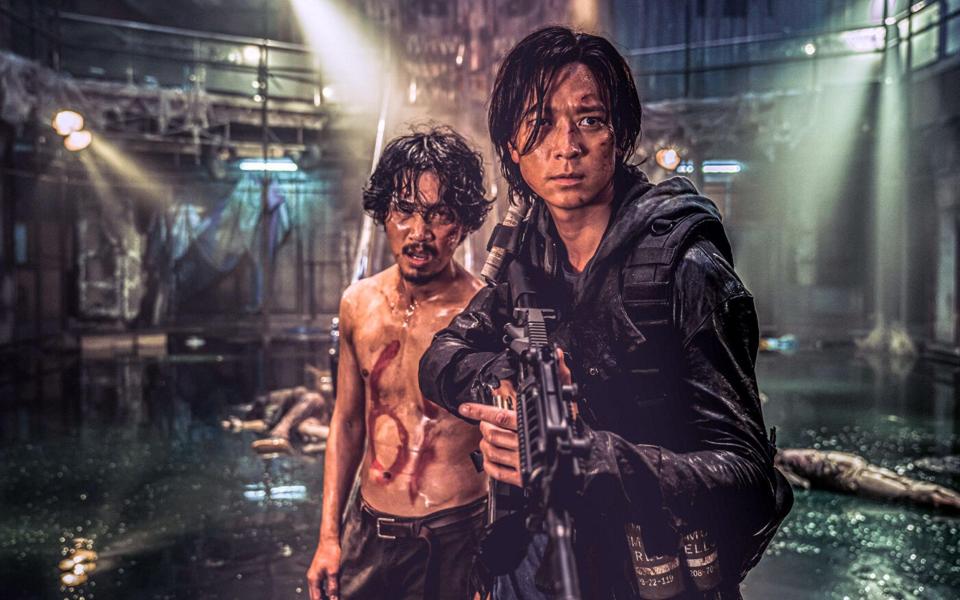
Why is the zombie still so fascinating to us? Since their introduction in Hollywood nearly a century ago, they have been altered, misinterpreted, and—above all—politicised. Though it may seem counterintuitive, the survival of the zombie can be attributed to the inventiveness and ignorance of those who created them.
The other reason is much easier to understand: many of us enjoy being frightened. When you’re immersed in a horror movie, you can experience the characters on screen vicariously, and they become a safe, detached outlet for experiencing fear. It’s certain that, ironically, the zombie will long outlive us.
The Walking Dead: the Ones Who Live is on Sky and NOW TV from today

